PRINCIPAL INVESTIGATOR
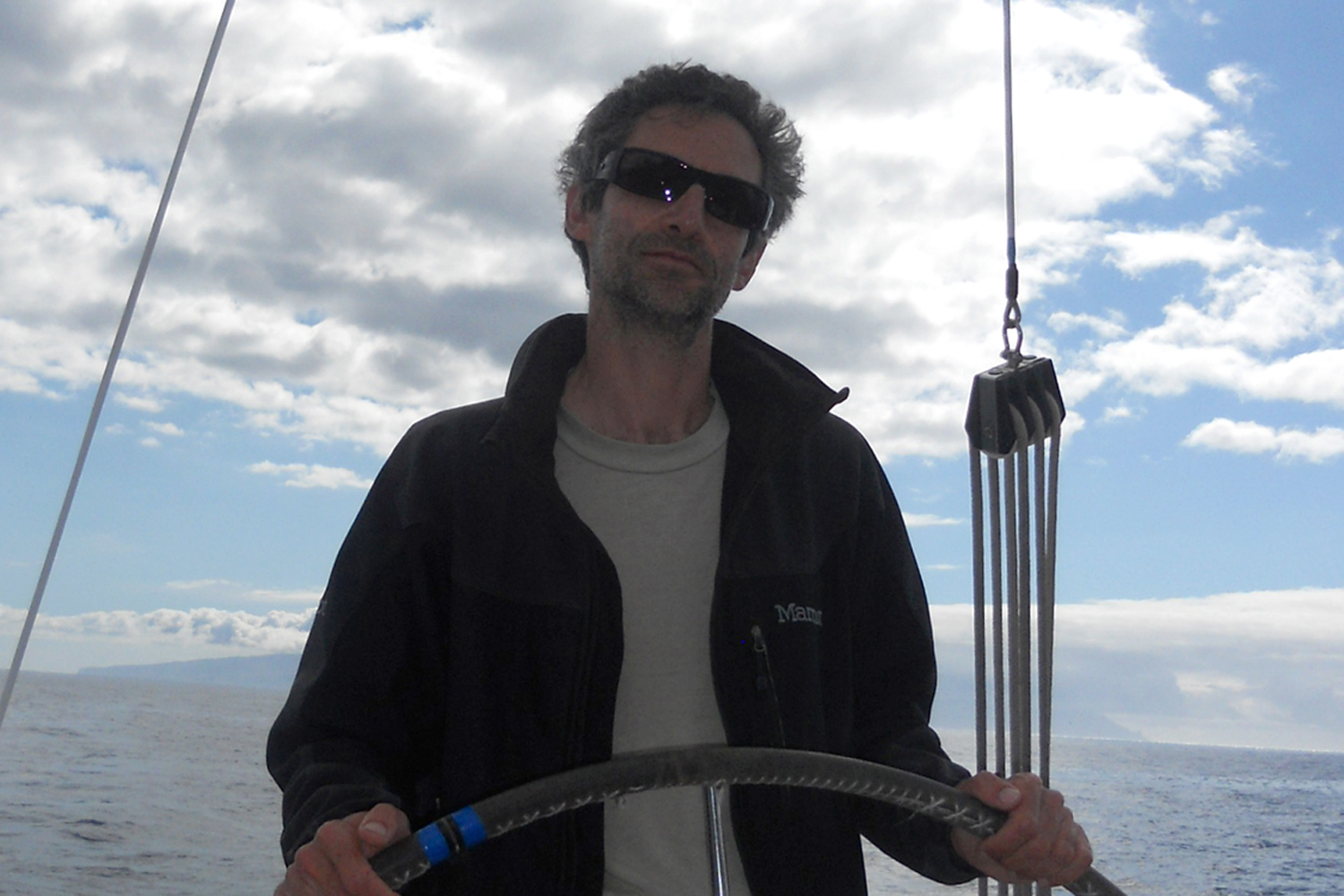
Miguel Angel Rodríguez-Gironés
As an undergrad, I studied physics at the Universidad Autónoma de Madrid and the Université Pierre et Marie Curie (Paris 6). I continued doing an MSc on theoretical physics at the École Normale Supérieure (Paris) and a second one on neurosciences at the Université Claude Bernard (Lyon 1). During these years, I did some research on neural networks.
Eager to become an ecologist, I started looking for a PhD position. It wasn’t easy. For some reason, most people I approached found it desirable that I study biology first… Luckily, Alex Kacelnik trusted me and, with his support, I got a fellowship to do my “DPhil” with him. In Oxford, I studied the psychophysics of time: all you wanted to know about time perception, memory and learning. At the same time, although not for my thesis, I did some work on optimal foraging theory, signalling of need and parent-offspring conflict.
During my early post-docs I continued working on parent-offspring conflict. But, eventually, I moved from behavioural ecology to “traditional” ecology: I joined Marcel Klaassen’s group at the Netherlands Institute of Ecology to study plant-animal interactions.
Today, I continue working on plant-animal interactions. Theoretical models play an important role in my work – years of training as a physicist are not easily forgotten. So does individual behaviour: I tend to see ecological patterns as the outcome of individual decisions, and I try to work out the relationship between individual and population levels. Of late, I have reintroduced psychophysics to my research (colour perception) and I am currently looking for collaborators to start a more neurophysiologically oriented project.
Twenty years ago, as I tried to train starlings to hop on perches and peck on lighted keys, it didn’t cross my mind that what I was learning would eventually help me to understand plant-pollinator interactions. Will I really close the gap, going back to neurophysiology, or will my research, two meanders down in time, find an opening leading to a totally different valley?
Contact: rgirones [at] eeza.csic.es
PhD STUDENTS
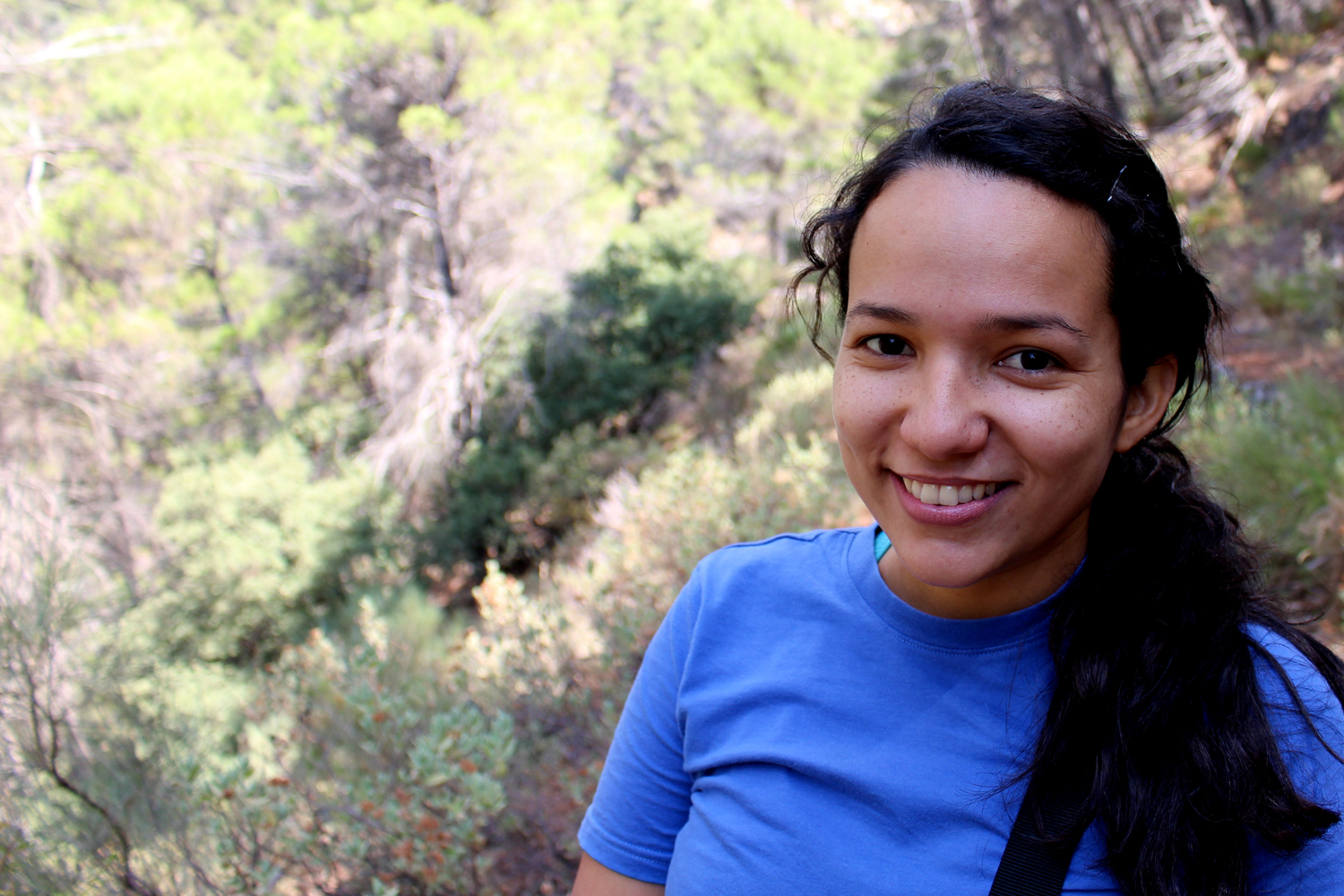
Francismeire Jane Telles da Silva
Meire has studied how two different pollinator species, hummingbird hawkmoths (Macroglossum stellatarum) and bumblebees (Bombus terrestris), perceive and discriminate colours. Meire used classical conditioning to investigate the spectral sensitivity and colour discrimination ability of the hummingbird hawkmoths, the extent to which we can use theoretical models to predict the ease with which bumblebees discriminate similar colours, and the reliance of bumblebees on flower colour and scent during foraging. She is currently working as a post-doc in the Universidade Federal de Uberlândia, Minas Gerais (Brazil).
Contact: meirecuesta [at] gmail.com
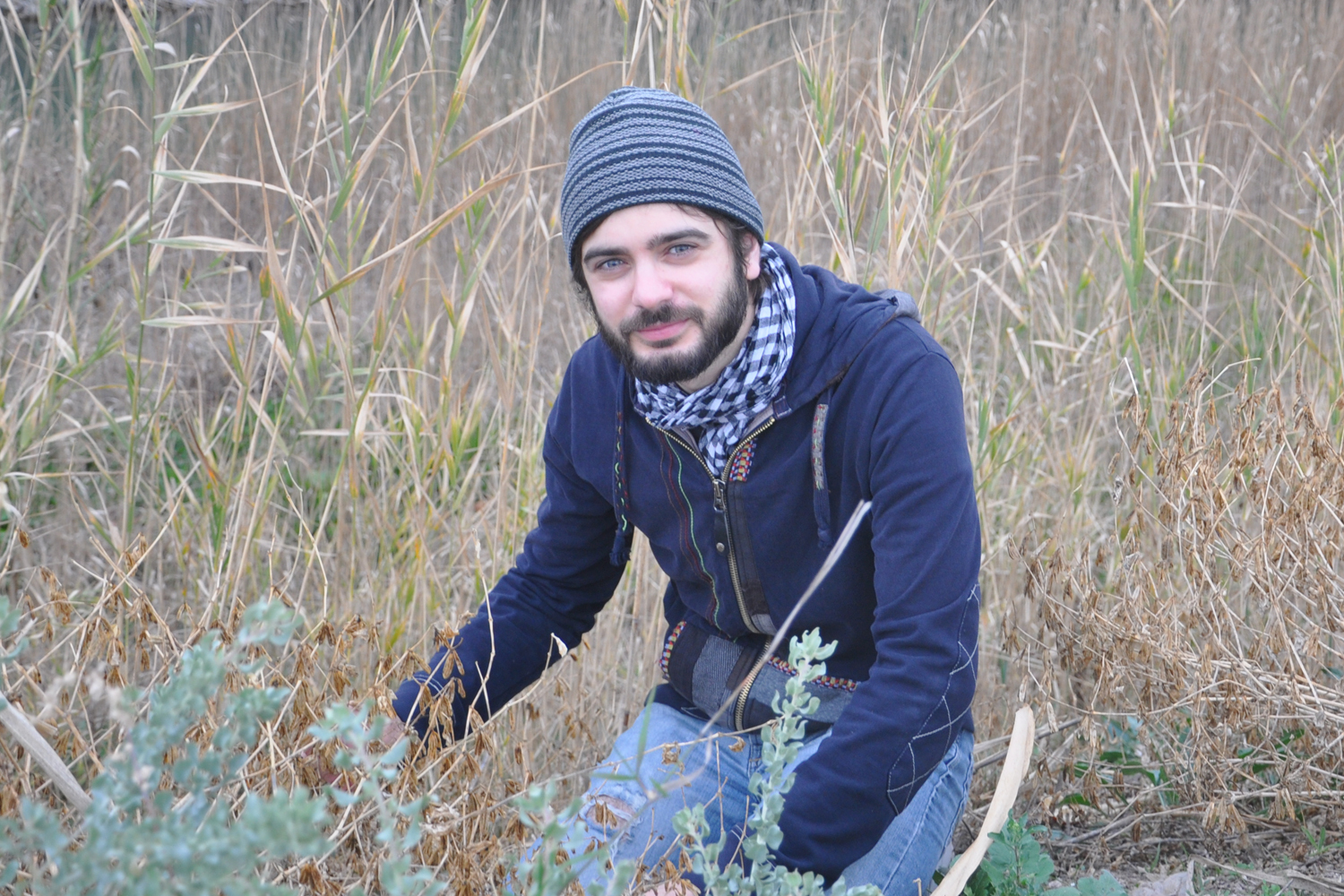
Francisco García Gonzálvez
Fran has studied the effect of weaver ants, Oecophylla smaragdina, on plant-pollinator interactions. In his thesis, Fran has looked at the mechanisms that bees use to detect and avoid predatory ants, the effect of ants on the reproductive success of their host plants, and the effects of ants on the topology of pollination networks.
Contact: franciscog.gonzalvez [at] gmail.com
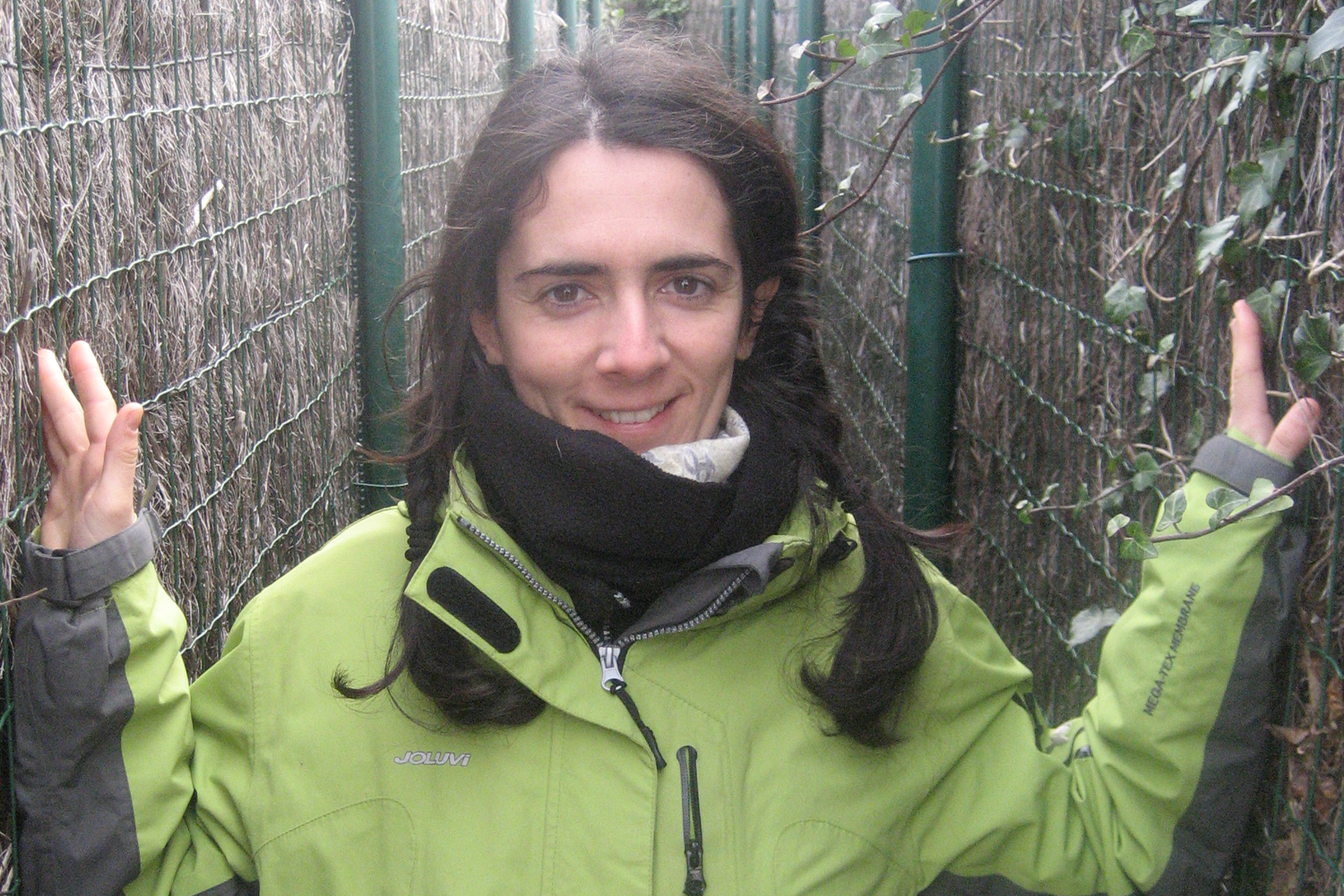
Ana López Llandres
Ana studied the effect of crab spiders on plant-pollinator interactions, paying particular attention at the role of colour changes (Thomisus spp.) and spider detectability on the predator-avoidance response of bees. Her most surprising finding? In Australia, introduced Apis mellifera happily run into the open chelicera of conspicuous predators – bright blue Thomisus spectabilis females! I have to repeat this experiment at home… After her PhD she worked as a post-doc at the Institut de Recherche sur la Biologie de l’Insecte (Tours, France). She is currently working as a researcher at the CIRAD (French agricultural research and international cooperation organization).
Contact: anallandres [at] gmail.com
Web page: https://www.researchgate.net/profile/Ana_Llandres
MASTER STUDENTS
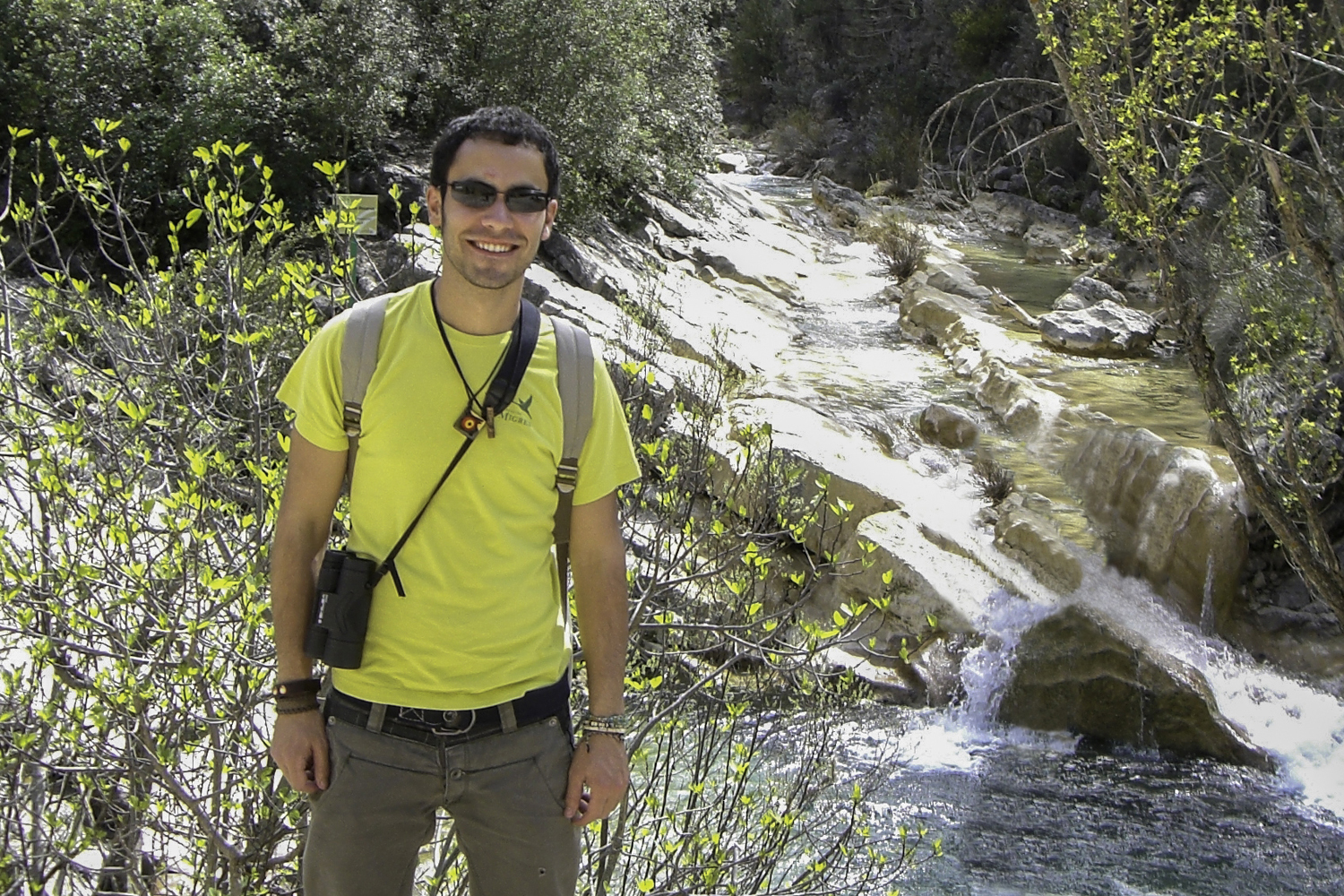
Alejandro Trillo Iglesias
Alejandro studied the effect of different conditioning protocols on the ability of bumblebees to discriminate similar colours. He is currently doing his PhD at the Estación Biológica de Doñana, CSIC (Seville, Spain).
Contact: atrilloig [at] gmail.com
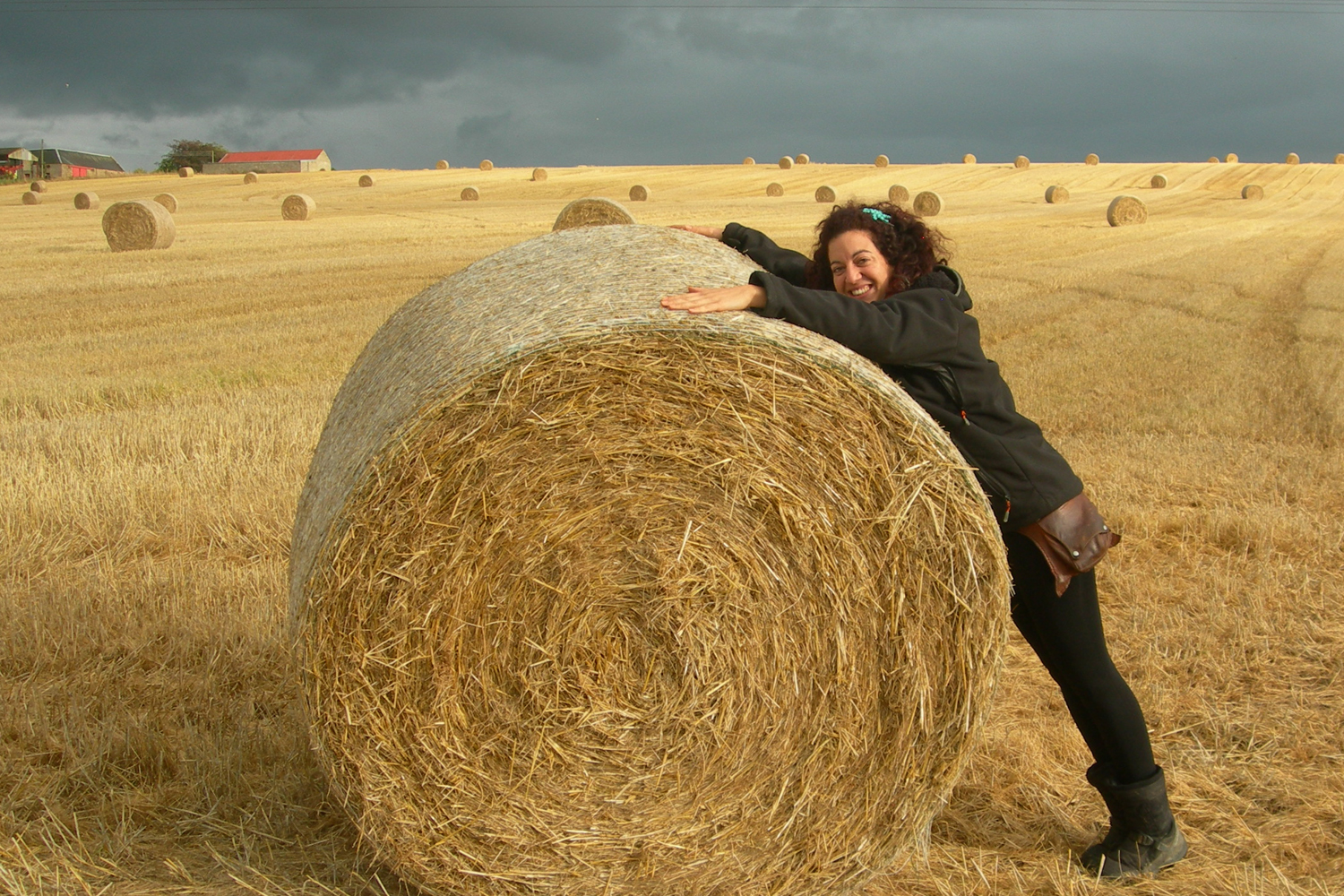
Elisa Pizarro Carbonell
Elisa studied the effect of background colour on the ability of bumblebees to discriminate between similar colours.
Contact: elisa [at] lascorchuelas.com

Mónica Mazorra Alonso
Mónica studied how different bee species reacted to the presence of non-cryptic crab spiders and analysed between-species differences in their ability to detect and avoid spider-harbouring flowers. She is currently doing her PhD at the Estación Experimental de Zonas Áridas (CSIC).
Contact: m.mazorra [at] eeza.csic.es
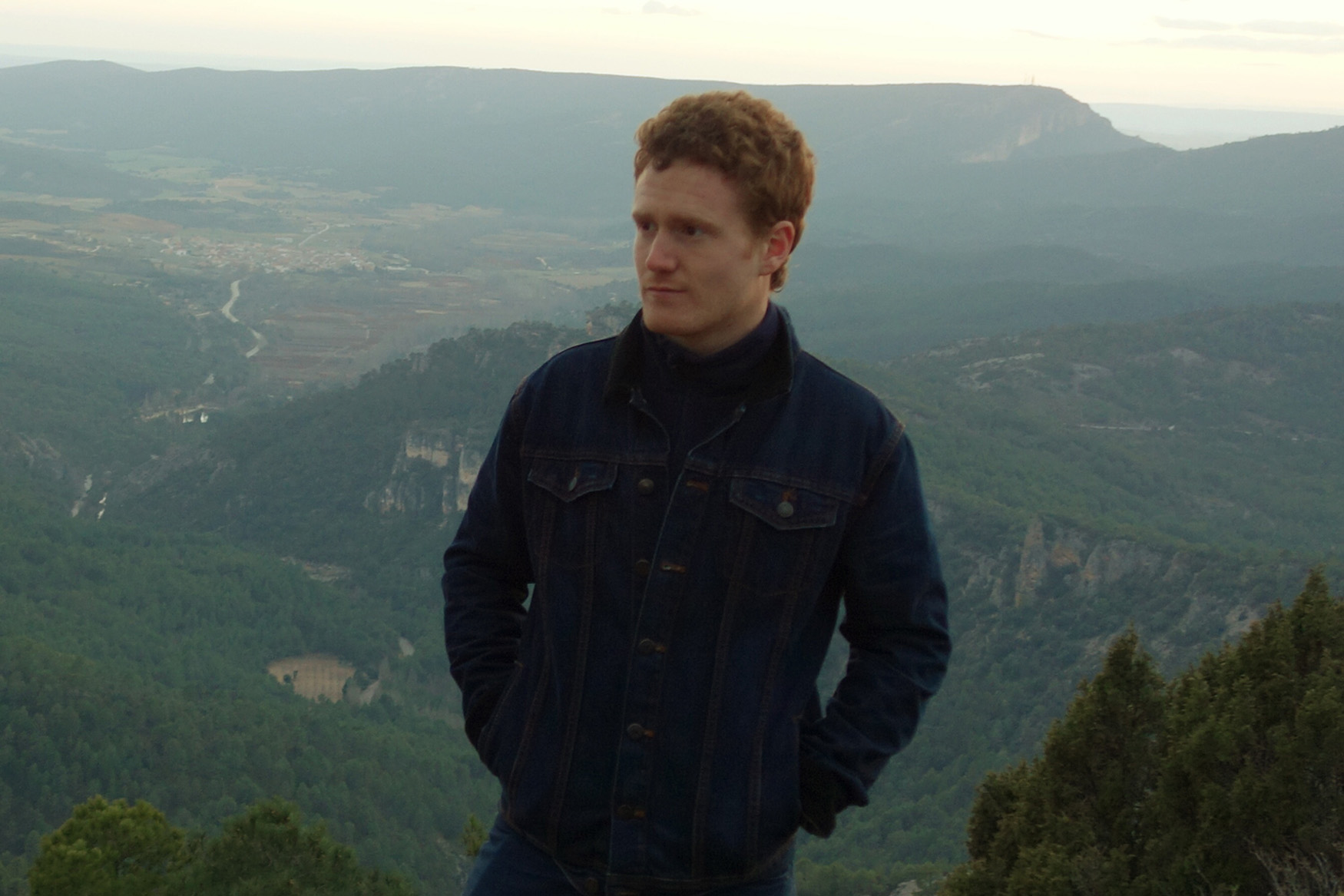
Juan Muñoz Checa
Juan is comparing the expression level of opsins in the retina of bumblebee (Bombus terrestris) workers, queens and drones.
Contact: juanmch93 [at] gmail.com
RESEARCH ASSISTANTS
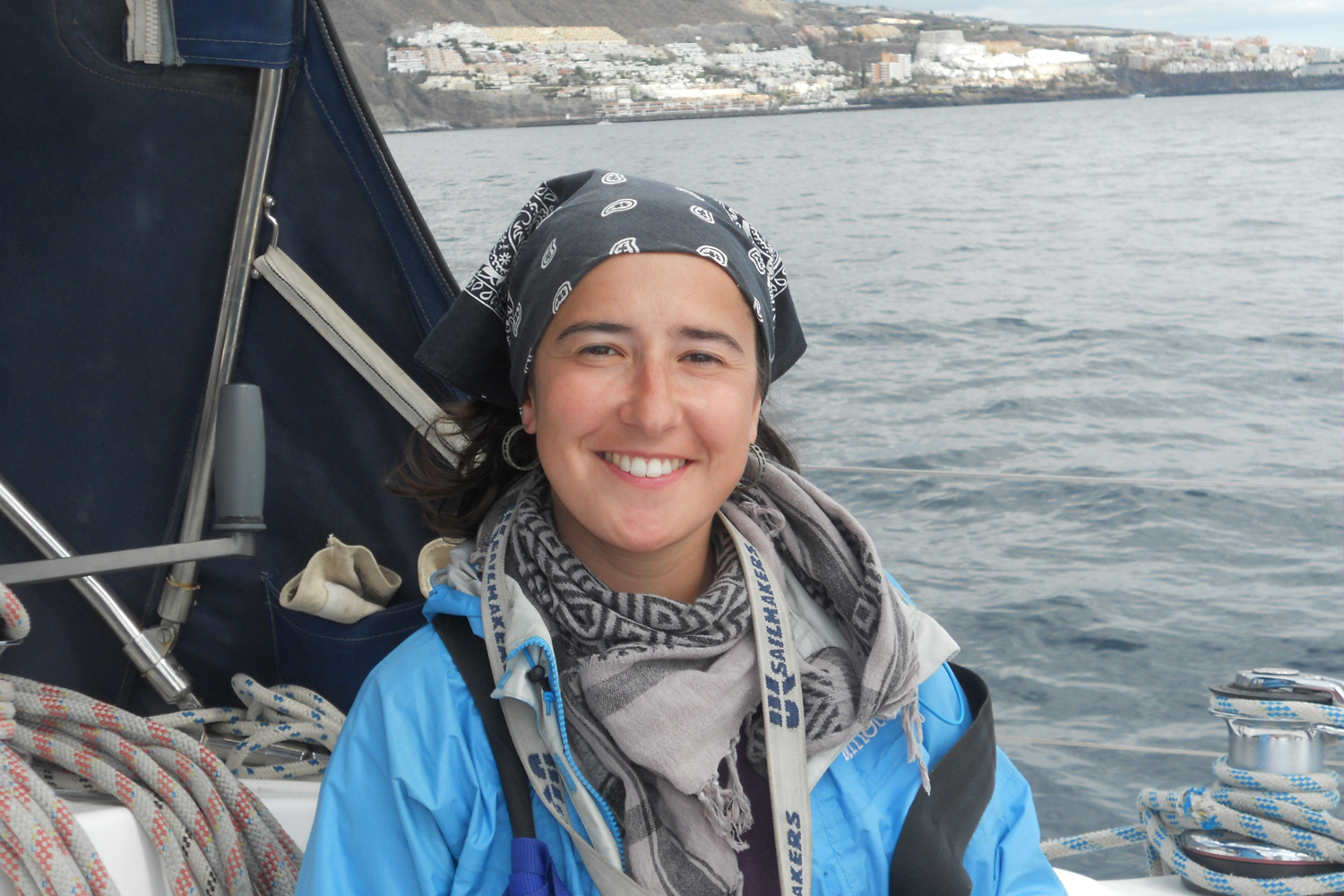
Guadalupe Corcobado Márquez
Lupe studied colour discrimination in solitary bees, Osmia caerulescens, and hoverflies, Sphaerophoria rueppellii. Lupe moved on to work as a post-doc at the Department of Botany and Zoology of the Masaryk University (Brno, Czech Republic).
Contact: gcorcobado [at] gmail.com
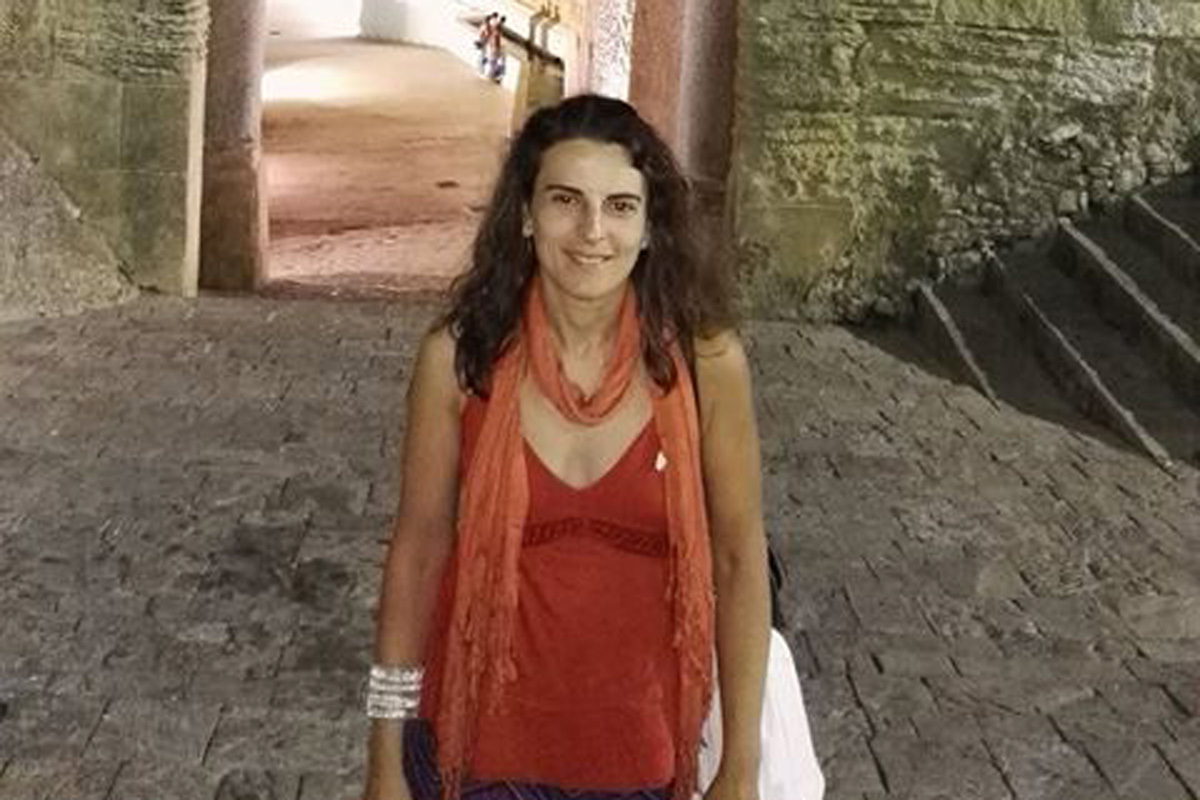
Ana Roldán Serrano
Ana is following up on Meire’s work. She is running experiments to evaluate the goodness of fit of different colour spaces to the colour vision of bumblebees and will measure their spectral sensitivity and wavelength discrimination functions. She will also participate in experiments looking at how bumblebees learn to discriminate and avoid crab spiders.
Contact: anars [at] eeza.csic.es
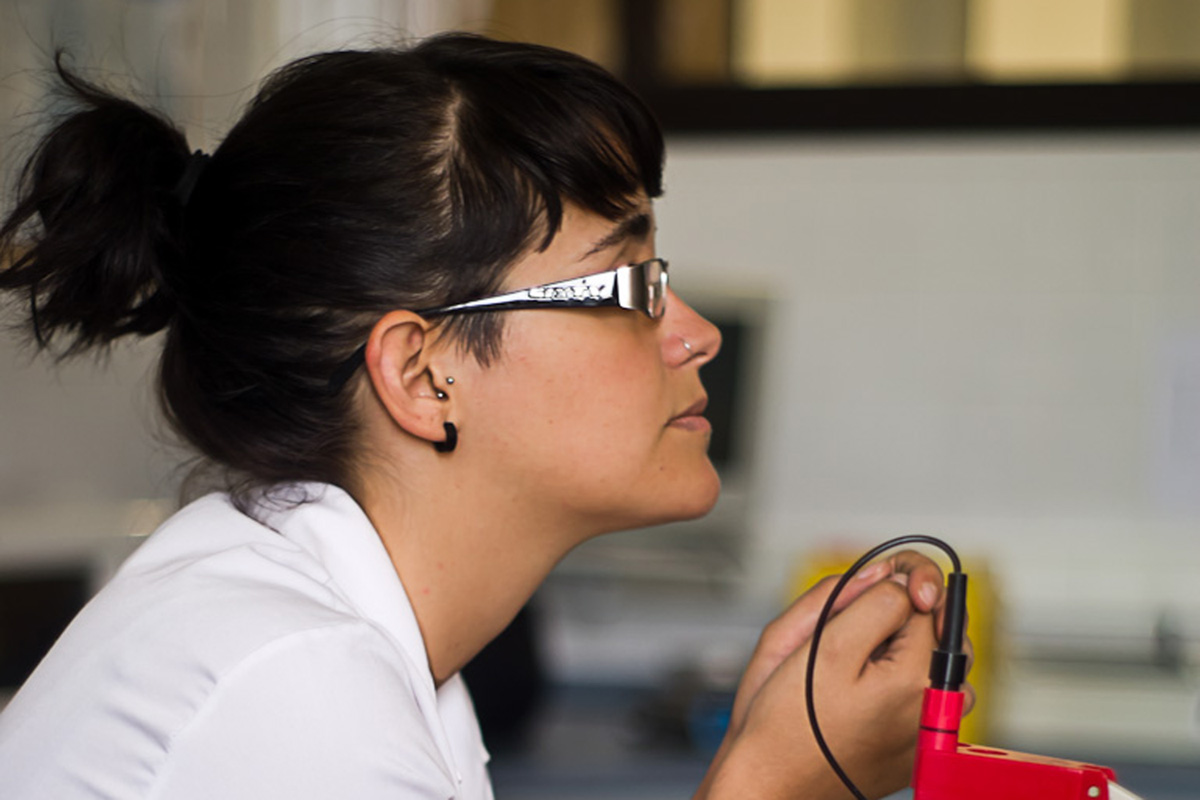
Beatriz Navarro Domínguez
Bea is doing all the real work for the project that studies genetic control of retina formation in bumblebees.
Contact: bnavarro [at] eeza.csic.es